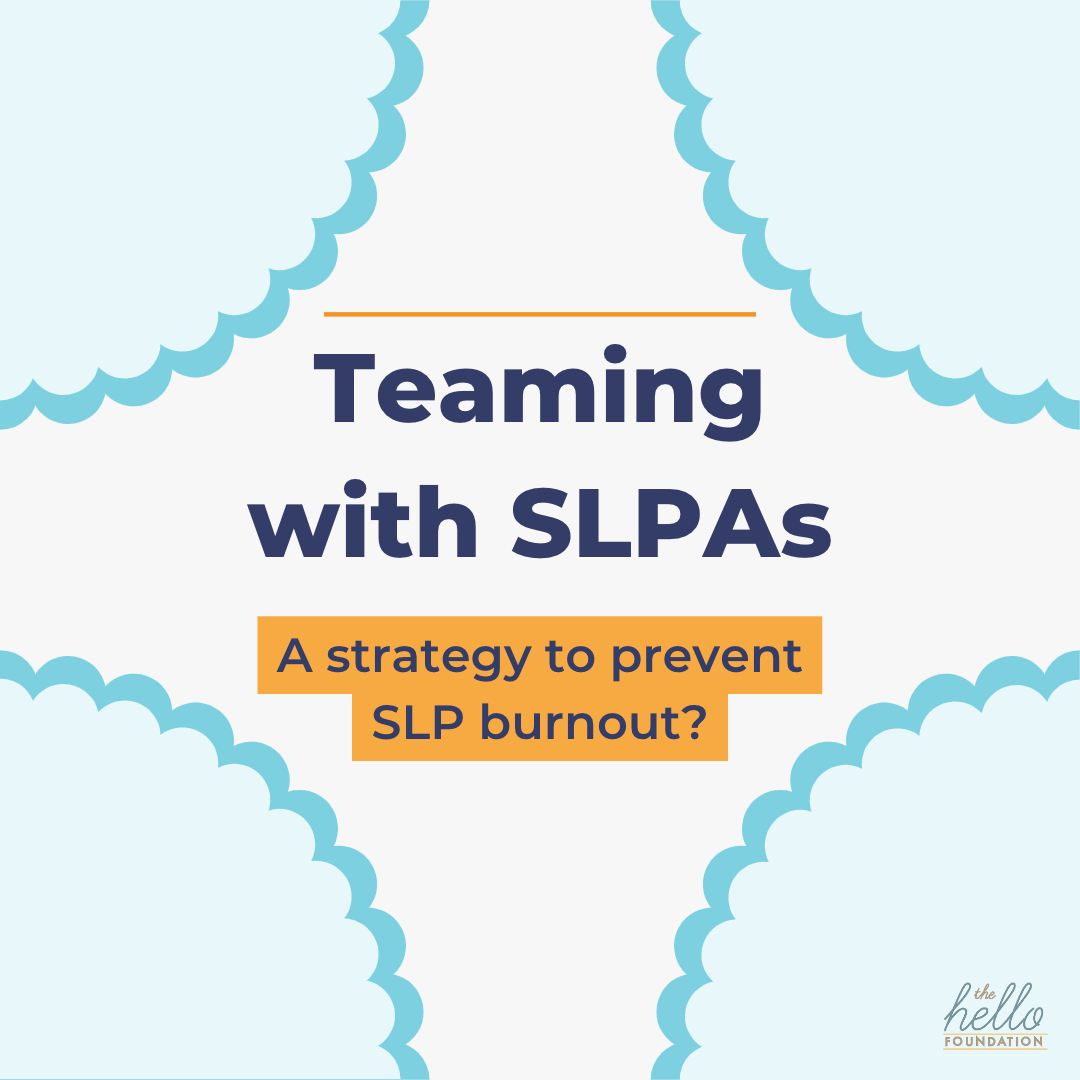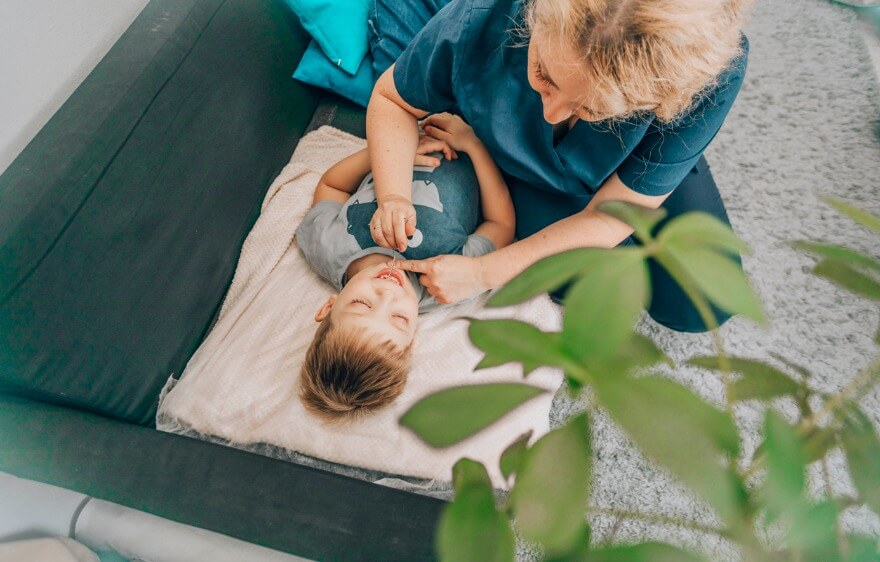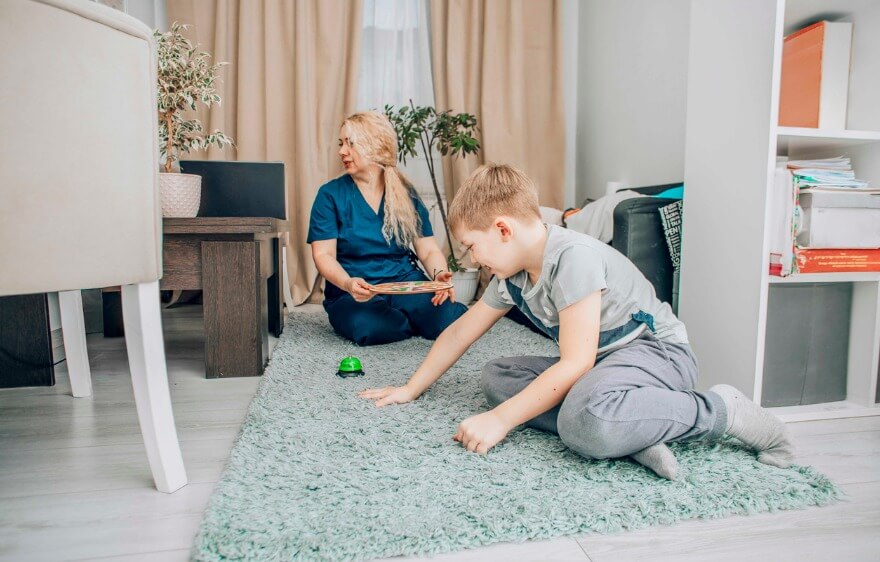As anyone working in the schools knows, there is a connection between being understaffed and losing more people. When being short-staffed means that everyone has to take on more, the work environment becomes less satisfying. Low job satisfaction and high workload lead to SLP burnout, and as more staff leave, the problem worsens. We have heard for years about the persistent shortage of SLPs across the United States. More recent factors related to COVID-19 and the “great resignation” in 2021 have led to a landscape in our field with a predicted 21% growth in jobs by 2031 and no clear answers about where all of those new SLPs will come from. Although it is important to encourage new people to enter our field, if we are to meet that demand, it is imperative to support current SLPs by looking for ways to increase job satisfaction and prevent burnout.
SLPAs are one way that districts can address staffing shortages and SLP burnout. Here at Hello, this is only our second year employing SLPAs in this way, but our preliminary observations from the 2021-22 school year suggest that partnering with a high-quality SLPA might also address some other challenges of traditional SLP work.
Over half of ASHA’s SLP members work in k-12 schools, and ASHA Schools Surveys, along with research like Amir, et al., Hutchins, et al. (2009), and Farquharson, et al. have documented the issues most negatively impacting job satisfaction for school-based SLPs:
- Large amount of paperwork
- High workload/caseload
- High volume of meetings
- Limited time for collaboration
- Limited ability to implement best practices
If you work in the schools, none of that information will come as a surprise to you! But addressing those specific issues is important in the drive to keep experienced SLPs in the schools, and make it an appealing place for new clinicians to work and grow.
Our SLPs who were paired with qualified, competent SLPAs last year listed the following perks and challenges to the arrangement:
Perks |
Challenging factors |
|
|
We will continue to collect information, data, and observations on this topic, but as a preliminary measure, we see SLP/SLPA teams as a potential solution for districts and for some SLPs. The feedback on collaboration, connection, and working at the top of their license could provide a pathway for some SLPs to find job satisfaction in the schools for many years to come. We look forward to working with districts, SLPs, and SLPAs to develop and implement better strategies to serve kids and their communities.






